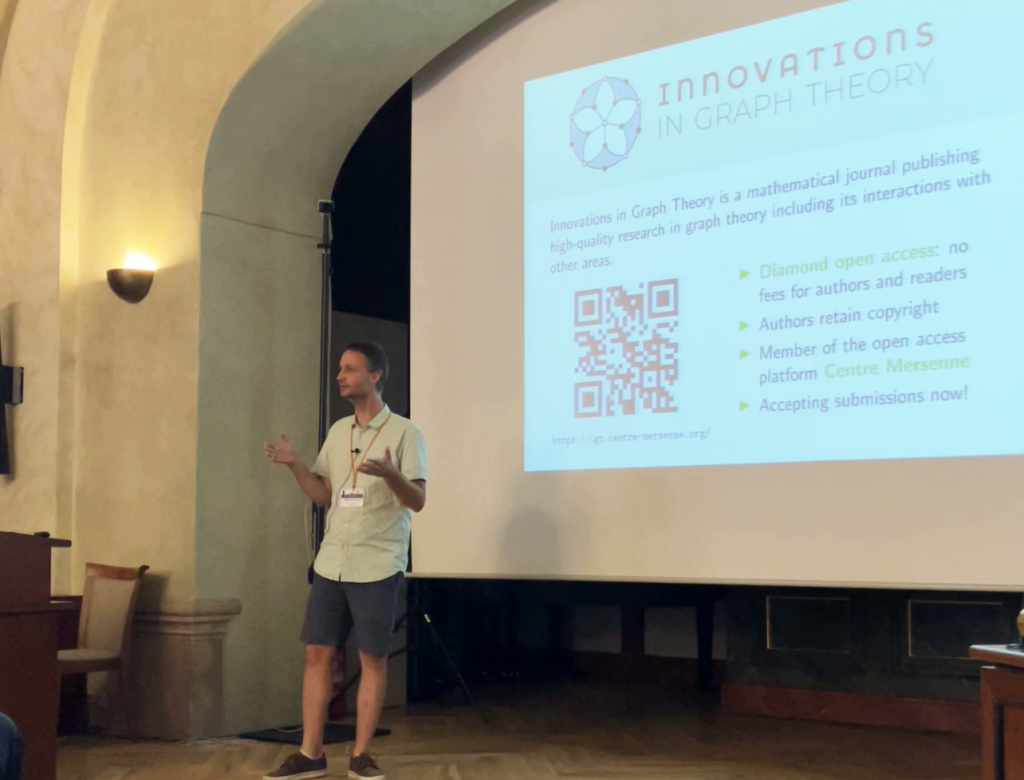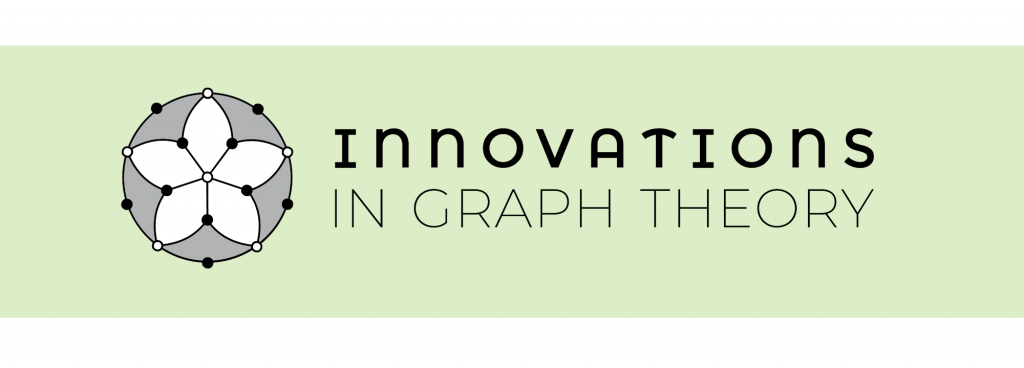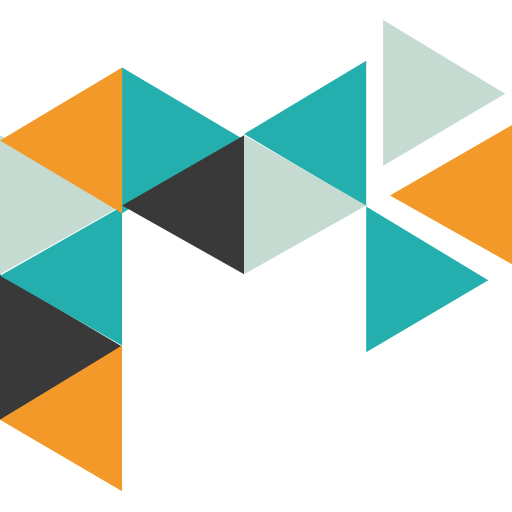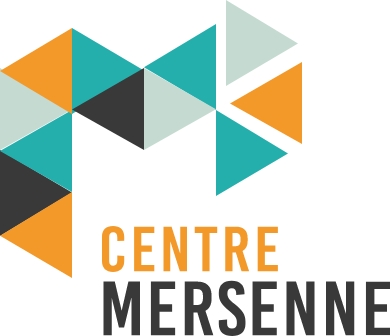Innovations in Graph Theory is a new journal that has just been launched by an international group of scientists in graph theory. It is the result of a long process of reflection, which highlighted a real need in the scientific community for a high-quality, open-access scientific journal in this specific field.
Louis Esperet, who oversees the creation of the journal, answers our questions.

- Why did you decide to create a new magazine in your field? And why the choice of free diamond access?
Our field of research (combinatorics in general and graph theory in particular) is already well covered by journals of all levels of quality, but most of the high-level journals are owned or published by large commercial publishers (Elsevier, Springer, Wiley), whose practices are considered less and less satisfactory by the scientific community, particularly among younger colleagues.
Among the top-level journals that rely on a diamond open access model, only The Electronic Journal of Combinatorics (created in 1994) and Advances in Combinatorics (created in 2018) primarily publish graph theory papers, and the difference in level between the two journals is significant.
This gap forces many colleagues to submit their articles to commercial journals against their will (but do they have a choice?), or to accept editorial assignments when ethical conditions are not entirely satisfactory.
We therefore wanted to bridge this gap by creating a high-level journal in graph theory, following the diamond open access model, and which will sit between The Electronic Journal of Combinatorics and Advances in Combinatorics.

- What is the editorial line of your journal?
The journal is devoted to graph theory and its interactions with other areas of mathematics and computer science. Topics include extremal graph theory, algorithms and complexity, hypergraphs, infinite graphs, matroids, probabilistic graph theory, structural graph theory and topological graph theory.
- What is your medium-term objective for the journal?
In the medium term, we expect to publish a volume comparable to that of similar journals, with around fifty articles published per year.
- Who will manage the journal and handle the editorial flow?
The journal is run entirely by researchers.
- Who is the publisher? Does he own the title?
The legal structure behind the journal is a ‘Stichting’, a non-profit association under Dutch law, especially created for the occasion
- How is your review organised (distribution of roles, decision-making, etc.)?
The journal doesn’t have any editor-in-chief, and decision-making is collegial (particularly when it comes to accepting or rejecting an article). A first filter to the submissions received by the journal will be applied by four managing editors : articles that do not match the expected level are rejected, the others ar assigned to an editor.
The editors team will rotate on a regular basis, with time-limited mandates.
- Was it easy to convince colleagues to join the editorial committee?
The launch of the journal aroused enthusiasm, and the editorial board was quickly set up.
We wanted to start with a small committee, to be gradually enlarged if the workload became too great. A number of colleagues have already expressed an interest in joining the editorial committee when it is next expanded or renewed.
- How do you plan to convince authors? reviewers?
Various branches of graph theory are represented among the editors who all are recognised as international experts. We announced the launch of the journal this week at Europe’s biggest conference in the field (Eurocomb 2023)and an announcement shall be made in less than a month’s time at a major US conference (Latin and American Algorithms, Graphs and Optimization Symposium – LAGOS 2023 which takes place from 18 to 22 September). We also communicated on an international mailing list devoted to discrete mathematics, which has a very wide audience.
As mentioned above, more researchers in the community are reluctantly to submit their articles to (or to boycot) commercial journals, and the same applies to report writing and more generally to the editorial work. We hope that this will be an additional argument to convince potential rapporteurs (in addition to the quality and interest of the articles).
- Have you estimated the time spent managing the journal?
It depends on the type of editorial work involved; the four managing editors expect to devote around 3-4 hours a week to managing the newspaper. For other publishers, it should be closer to 1 to 2 hours a week.
- Do you benefit from the support of partners/institutions?
The launch costs are covered by a grant from one of the publishers, but we do not yet have permanent support from an institution. One of the aims of the first few years of the journal will be to establish contacts with partners willing to support our journal over the long term.
Louis Esperet is a Senior CNRS Researcher (Directeur de Recherche CNRS), working in the Combinatorial Optimization group of the G-SCOP Laboratory in Grenoble, France.


